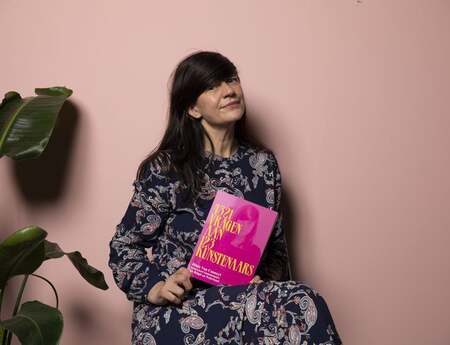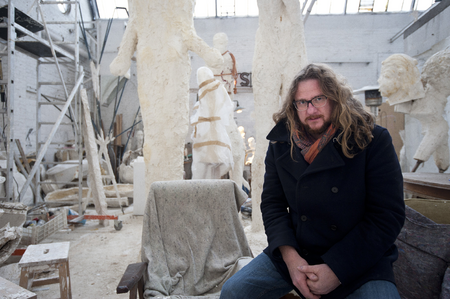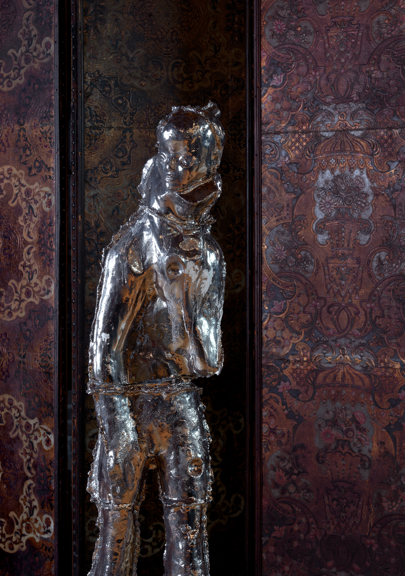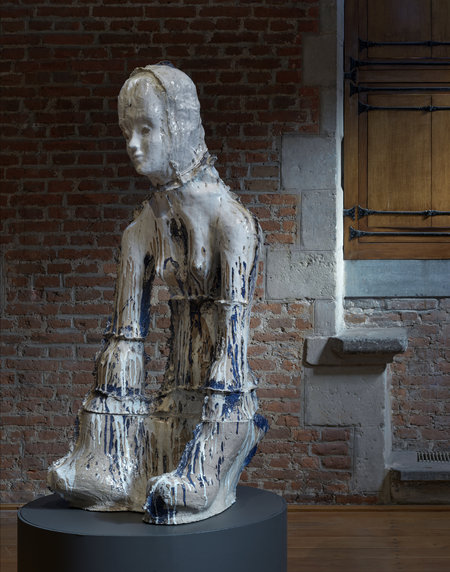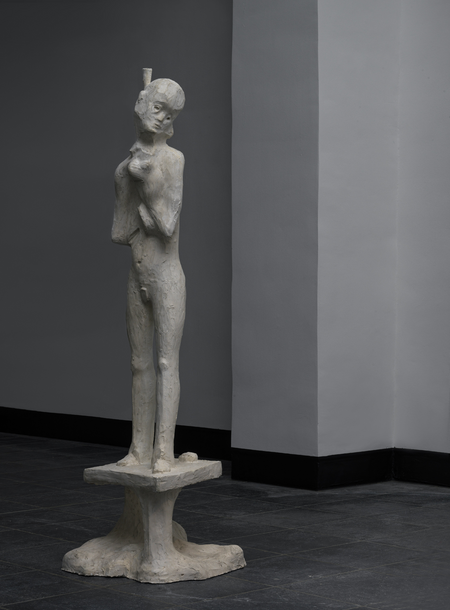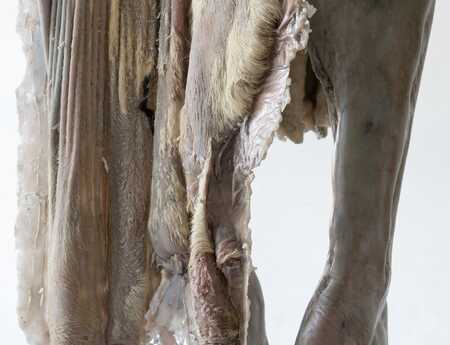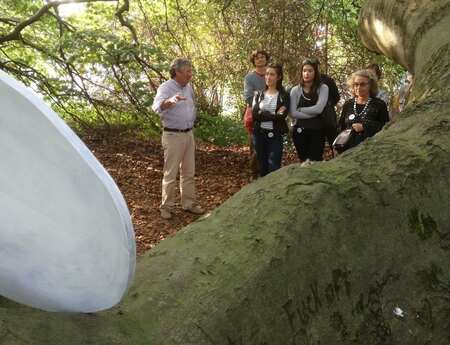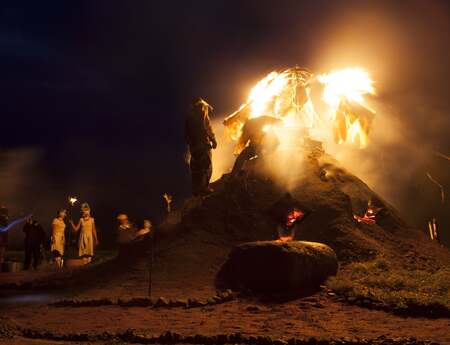The Universe of Johan Tahon
Johan Tahon (b. 1965, Menen, lives in Oudenaarden, Belgium) is one of Belgium’s most famous artists and member of sculpture network. Currently, you can admire his retrospective exhibition UNIVERSUS, sculpturen 1999-2021, in the MOU, the museum of Oudenaarde, his hometown (BE), and in the gallery Kunstforum in Solothurn (CH).
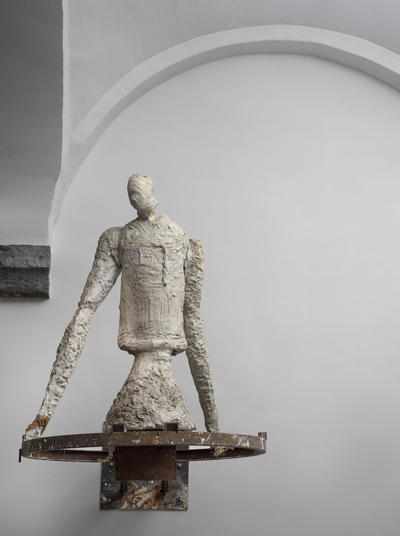
At the age of 30, Johan Tahon was discovered by Belgian art patron Jan Hoet, then director of the Stedelijk Museum voor Actuele Kunst - City Museum for Contemporary Art (S.M.A.K.) in Ghent, and curator of Documenta IX. After years of solitude, in which the artist created a universe of sculptures as a safe space for himself, Jan Hoet took him out of his isolation and brought him from the darkness into the light.
Talk back
Since his adolescence, Tahon had been fascinated by sculpture. Creating sculptures gave him support and solace in what he experienced as an overwhelming life. To this day, this creative activity has given a tangible spiritual meaning to his life. With blood, sweat and tears he works on his figures until they talk back, until they come to life.
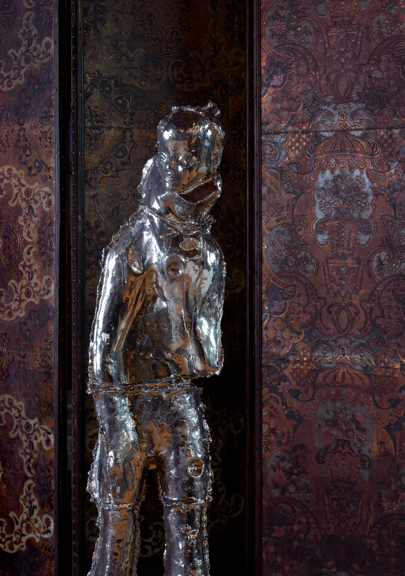
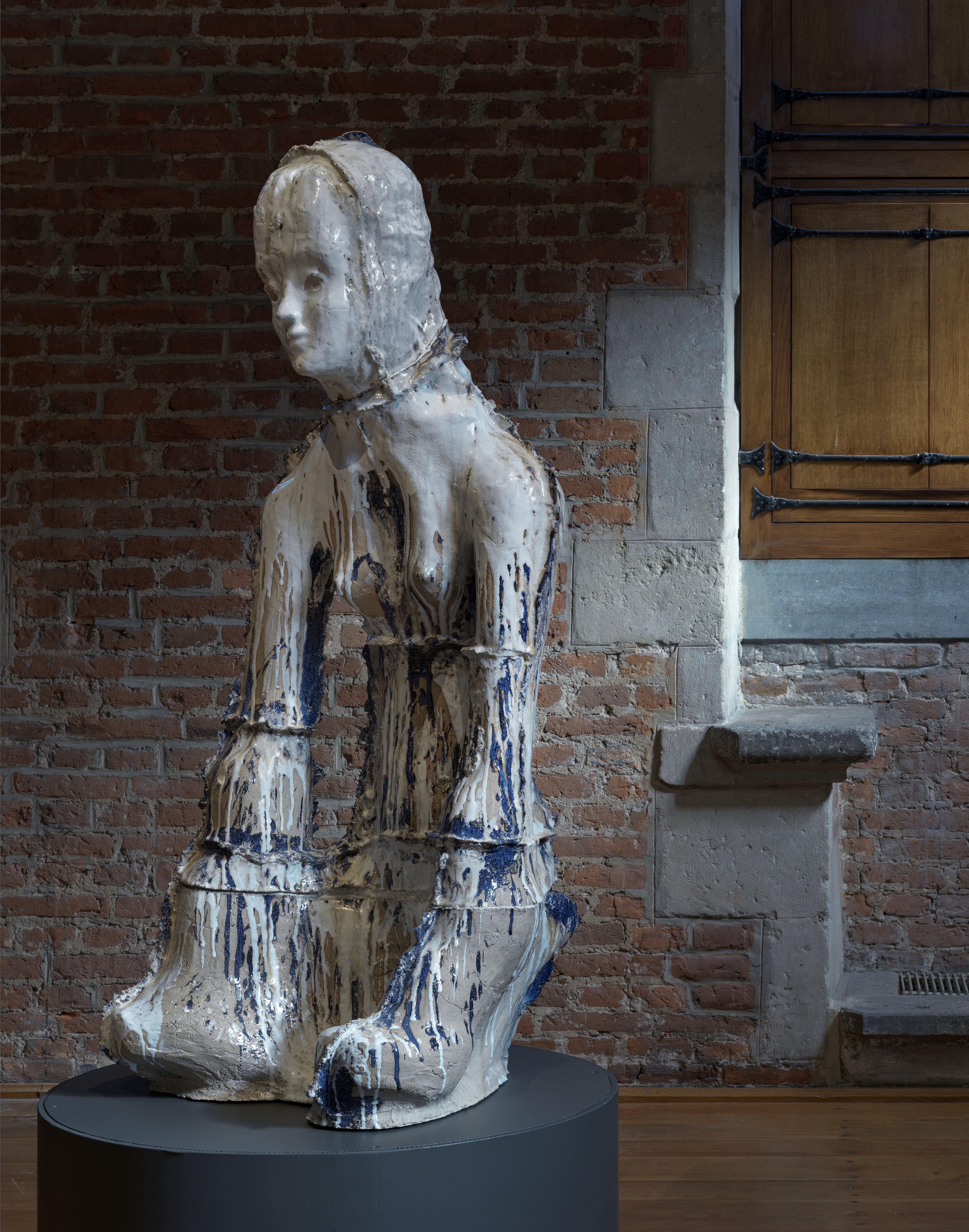
The artist leaves a lot to chance. The sculptures form intuitively. While playing. They are actually dream images. According to Tahon, his studio is the most fully lived work of art, because everything flows there. Panta Rhei. According to Tahon, as an artist you have a mission to pour the mystery of life into an appropriate form. Which was valued by Pope Francis, who invited him to personally deliver his sculpture Métanoia (Greek for repentance) in Rome.
Primal beings
What are the typical characteristics of his work? Why do they touch us?
His sculptures of plaster, bronze and ceramics – often with a layer of glaze – embody humans in their primal being. Physically they can take on any shape, with the downcast heads as a key for the viewers to open the gate to their world. Arms are usually missing, making the figures seem helpless, incapable of action. Which makes them vulnerable.
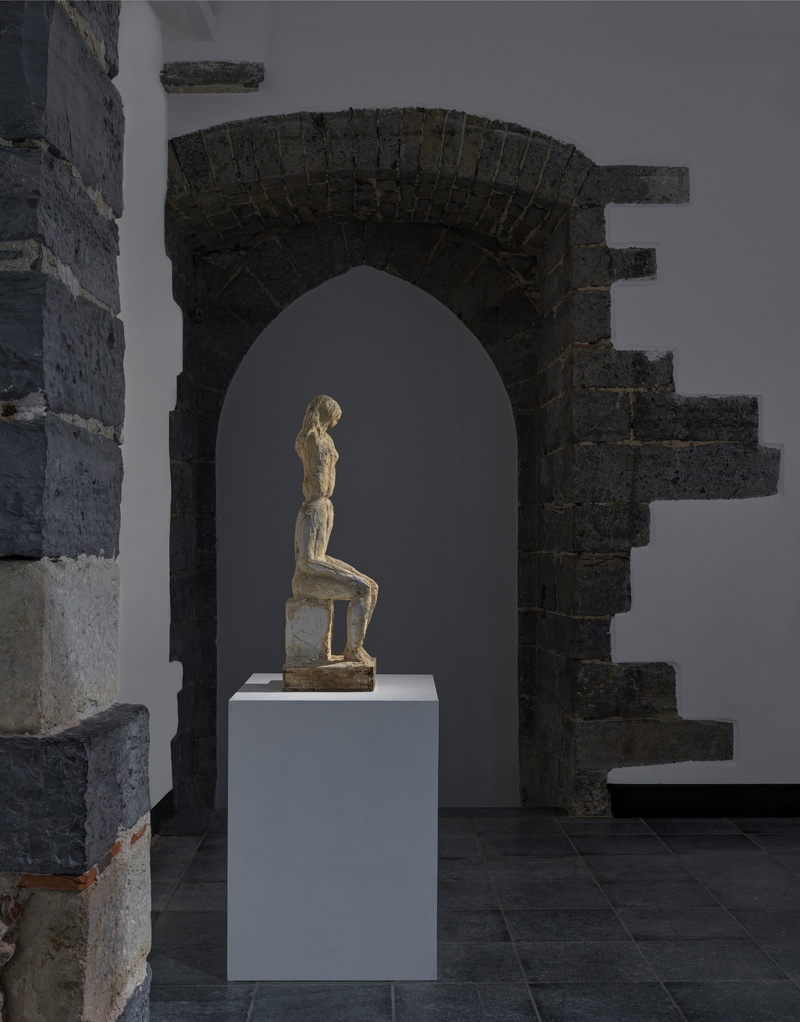
These intriguing sculptures, either minuscule or monumental, relieve you at first sight, only to end up in heaviness themselves afterwards. Or vice versa. Simplicity flirts with poetry, reality turns into mystery. Amorphous forms become erotic. Tahon suspects that his images point in a direction. Read: a longing for the unspeakable. External features include the inverted gaze, the skin that also reveals the subcutaneous, and the traces of the mold that have not been polished away.
Metal rock
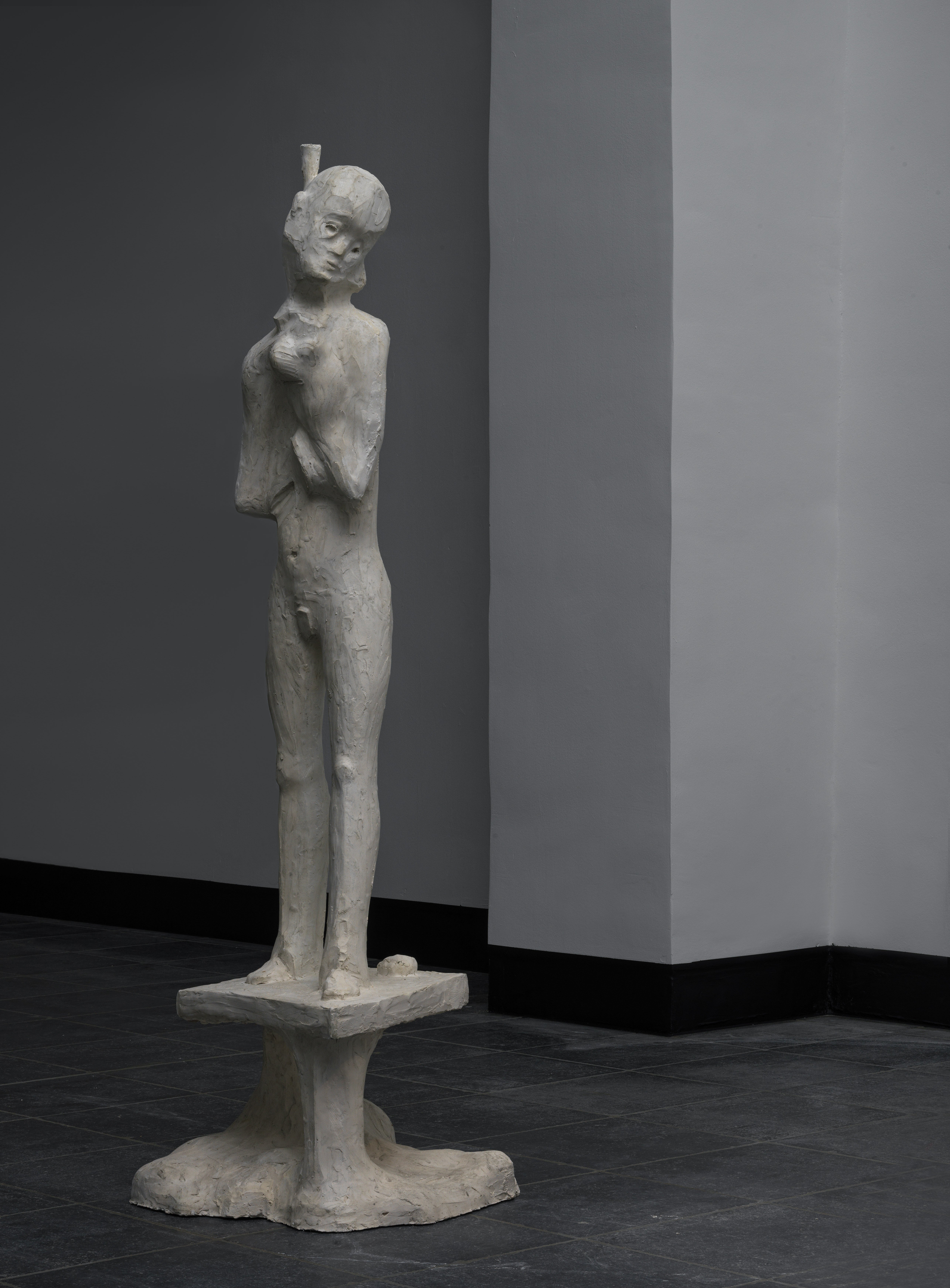
I read that historically, you could argue that his work belongs to neo-expressionism. After the minimalism of the 1970s, the countermovement began, emphasising the expressive and subjective, and it is precisely this personal signature and individual view of the world that was and is Tahon's strength.
But in addition to his rather classical approach to sculpture, Tahon also embraces collaborations of all kinds. Inspired by his love of metal rock, in some performances his self-created figures interacted with Lee Ranaldo of Sonic Youth, with Till Lindermann, the singer of Rammstein, and with the Belgian group Amenra.
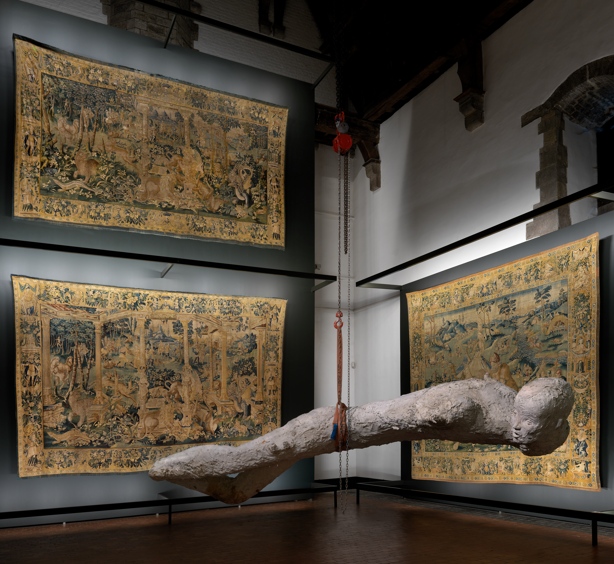
Tahon’s oeuvre
UNIVERSUS, sculpturen 1999-2021 looks back on two decades of Tahon’s flourishing career. And forget about the white cube. The MOU Museum is located in a sixteenth-century cloth hall in Oudenaarde (BE), which houses an ancient museum collection of tapestries and silver. Tahon creates a challenging encounter between the age-old objects of the museum collection and his personal and spiritually charged figures.
The exhibition is accompanied by a monography. UNIVERSUS, sculpturen 1999-2021 captures Tahon's love of art history and sculpture. You can follow his development and inspiration through exhaustive texts and images. Photos of his sculptures and his studio touch upon the mystery of his figures. The cover is adorned with a detail of his sculpture Métanoia.
UNIVERSUS, sculptures 1999-2021, Lannoo EAN: 9789401477079
UNIVERSUS, sculptures 1999-2021, Museum MOU, Oudenaarde, BE
Until September 30, 2021
http://www.mou-oudenaarde.be/universus.html
Johan Tahon - The Sculptor, Kunstforum, Solothurn (CH)
Until September 30, 2021
www.kunstforum.cc
Cover picture: Johan Tahon in his studio in Oudenaarde (BE), Photo: Marte Minnaert

